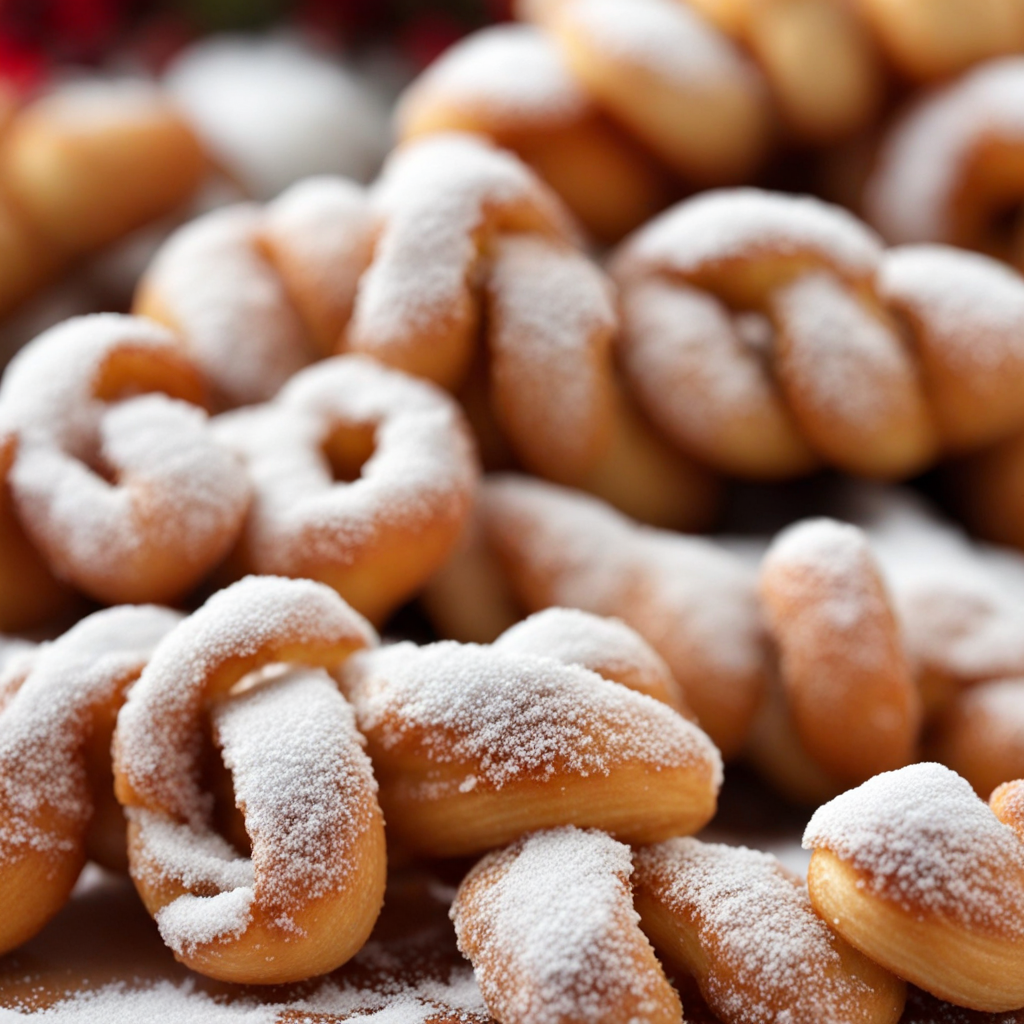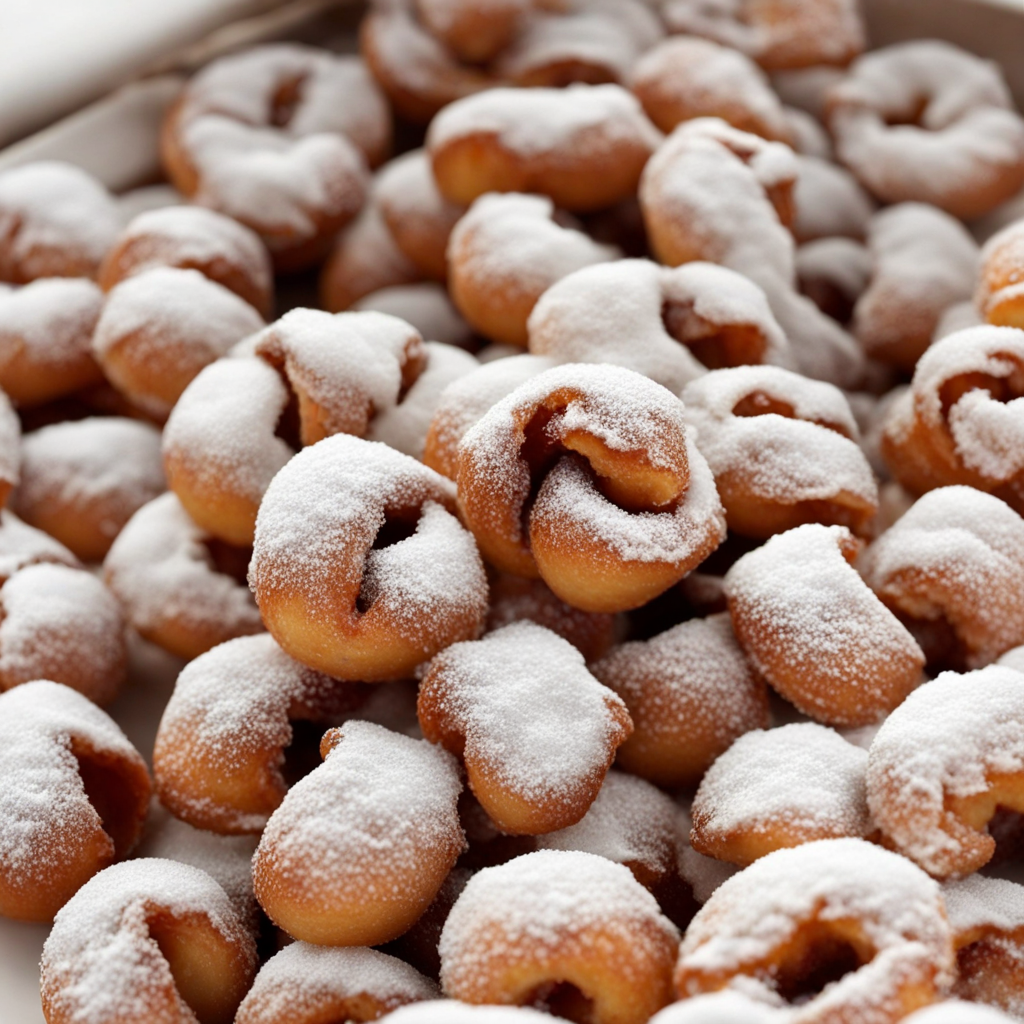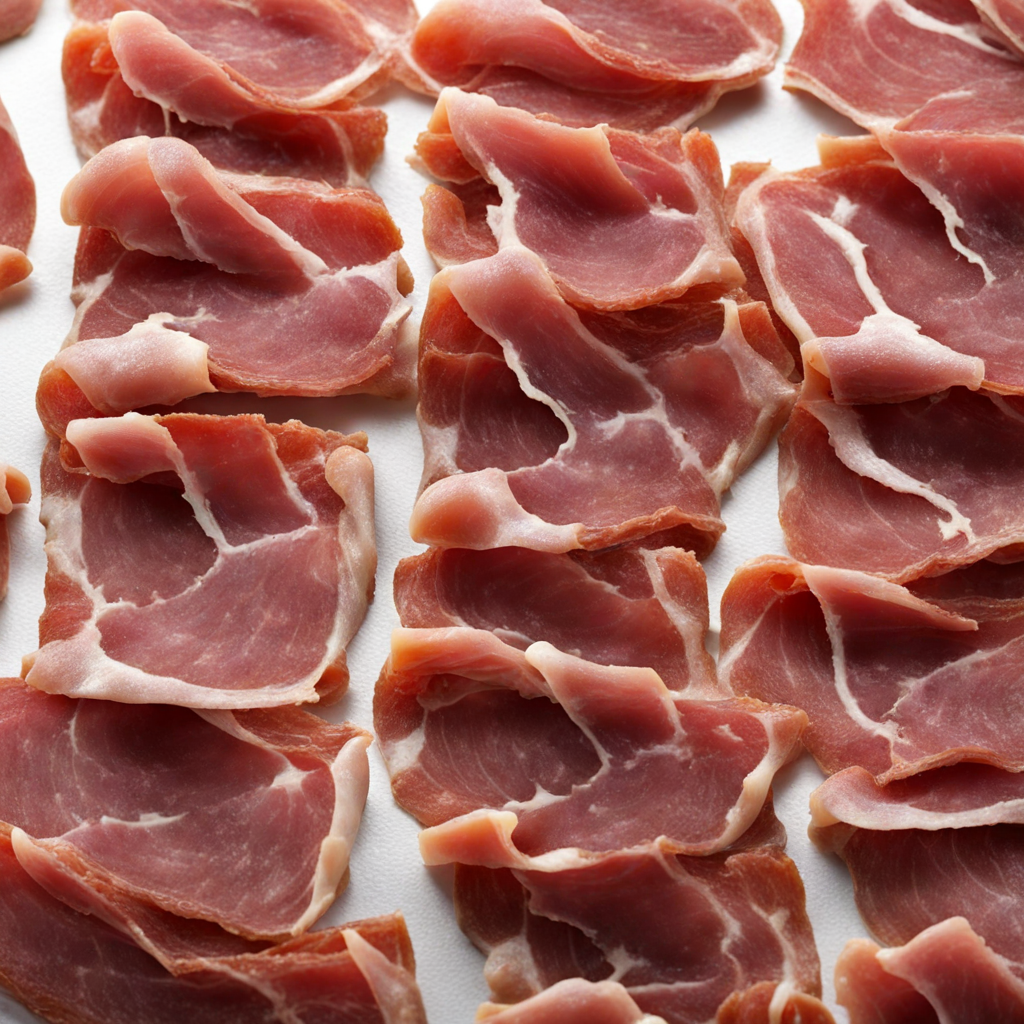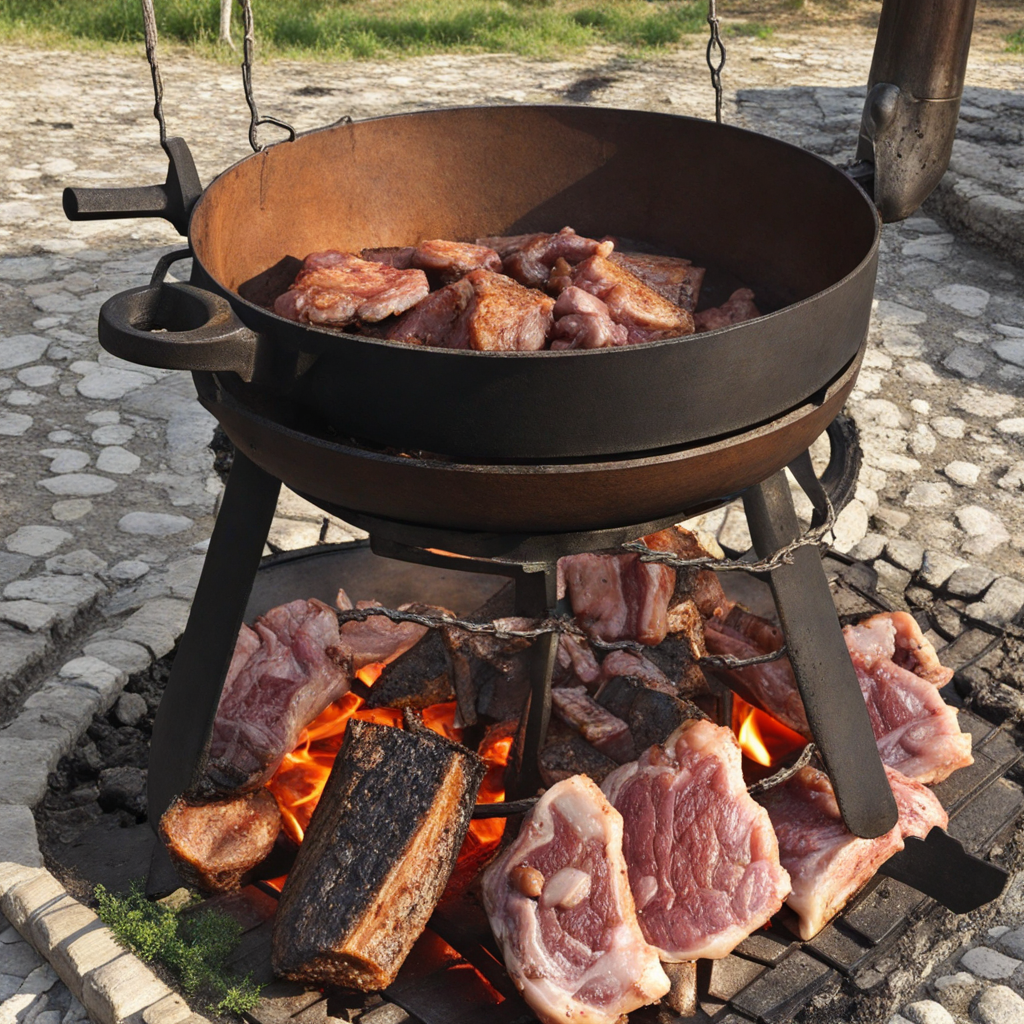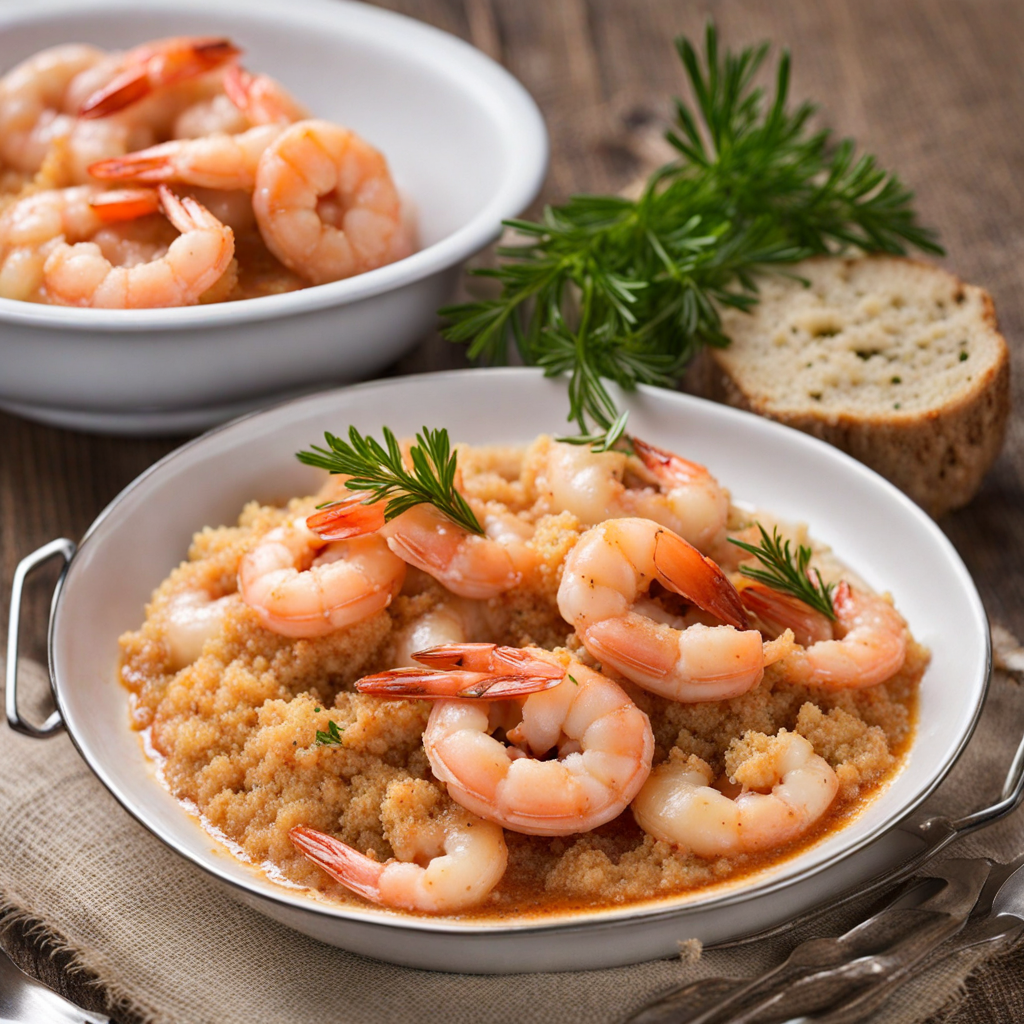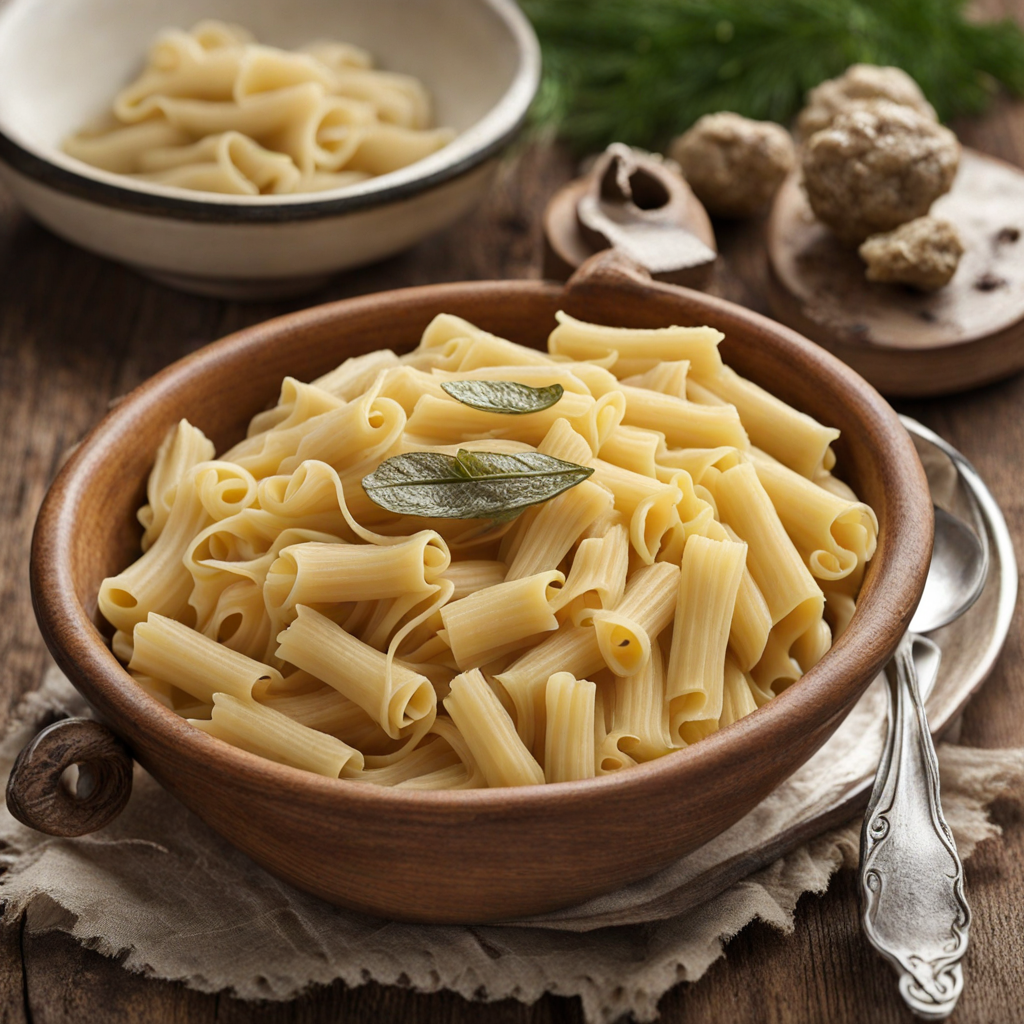Kroštule
Kroštule are a delightful traditional Croatian pastry that embody the essence of festive spirit and homey comfort. These thin, crispy dough strips are typically twisted into unique shapes and are fried to golden perfection, resulting in a light, airy texture that is both crunchy and satisfying. The dough is made from simple ingredients, including flour, eggs, and a splash of brandy or rum, which not only adds a subtle depth of flavor but also helps achieve that desirable crispiness. Once fried, they are often generously dusted with powdered sugar, making them visually appealing and inviting. What makes Kroštule particularly intriguing is their versatility and regional variations. While the basic recipe remains consistent, some families add a hint of lemon zest or vanilla to the dough, infusing the pastries with a refreshing aroma. These treats are commonly enjoyed during festive occasions such as Carnival, Christmas, and weddings, symbolizing celebration and joy. As each region in Croatia may have its own take on this classic, tasting Kroštule can offer a delightful journey through the country's diverse culinary landscape. When you bite into a Kroštula, you experience a perfect balance of flavors and textures. The initial crunch gives way to a tender, slightly chewy center, while the light dusting of powdered sugar adds a touch of sweetness that enhances the overall taste. They pair wonderfully with a cup of coffee or tea, making them an ideal snack or dessert. Whether enjoyed alone or shared with friends and family, Kroštule are sure to leave a lasting impression and introduce your palate to the charming sweetness of Croatian cuisine.
How It Became This Dish
The Sweet History of Kroštule: A Croatian Delight Kroštule, a beloved Croatian pastry, carries with it not only the delightful crunch and sweetness that makes it a popular treat but also a rich history intertwined with Croatian culture and tradition. These simple yet elegant fried pastries, often served during festive occasions, embody the spirit of Croatian culinary heritage and regional diversity. #### Origins of Kroštule The origins of kroštule can be traced back to the coastal regions of Croatia, particularly in Dalmatia, where the Mediterranean influences are palpable. The name "kroštule" is derived from the Croatian word "kroštul," which means "to twist" or "to curl." This etymology is significant as it reflects the unique shape of these pastries, which are traditionally made by rolling and twisting thin strips of dough before frying them to a golden crisp. The earliest forms of kroštule likely emerged in the Middle Ages when the culinary landscape of Europe was evolving. As trade routes opened up and ingredients became more accessible, Croatian cooks began to experiment with local products such as flour, eggs, sugar, and a hint of alcohol—often brandy or wine—to enhance the flavor and texture of their pastries. The use of alcohol in the dough is particularly interesting; it helps to create a lighter and flakier texture, which is characteristic of kroštule. #### Cultural Significance Kroštule are not just a treat; they hold a significant place in Croatian culture, especially in celebrations and family gatherings. Often prepared during festive seasons such as Christmas, Easter, and weddings, these pastries symbolize joy and communal spirit. In many Croatian households, the act of making kroštule is a cherished family tradition, passed down through generations. In regions like Istria and Dalmatia, kroštule are often accompanied by stories of family heritage and local customs. Each family may have its own secret recipe, with subtle variations that reflect their personal touch. The preparation and enjoyment of kroštule foster a sense of togetherness, as families gather to knead the dough, twist the shapes, and fry them to perfection. This communal aspect of food preparation is a vital part of Croatian culture, emphasizing the importance of family bonds and shared experiences. #### Development Over Time As with many traditional foods, the recipe and preparation of kroštule have evolved over time while still retaining their core essence. In the early 20th century, when Croatia was part of the Austro-Hungarian Empire, influences from Central European pastry-making began to seep into local cuisine. This era saw the introduction of various sweet and savory pastries, and kroštule began to adopt new ingredients and methods, reflecting broader culinary trends. The post-World War II period brought about significant changes in Croatian society and its culinary practices. Urbanization and migration led to a blending of regional cuisines, and kroštule became a symbol of national identity amidst the changing cultural landscape. During this time, recipes were shared, adapted, and popularized, leading to the rise of kroštule as a staple in bakeries and restaurants throughout Croatia. In contemporary Croatia, kroštule have retained their status as a cherished treat, but they have also found their way into modern culinary creativity. Chefs and home bakers alike experiment with flavors, incorporating various fillings such as chocolate, nuts, or fruit. They may also be drizzled with honey or dusted with powdered sugar, adding a contemporary twist to the traditional recipe. #### Regional Variations One of the fascinating aspects of kroštule is the regional variations that exist across Croatia. In Istria, for example, kroštule are often made with a hint of citrus zest, lending a refreshing flavor that complements the sweetness. In Dalmatia, they might be served alongside a glass of rakija (a local brandy), enhancing the culinary experience with a touch of local spirit. In some regions, kroštule are prepared as larger, flatter pieces, while in others, they are made into delicate, smaller bites. This diversity showcases the adaptability of kroštule and their ability to reflect the local culture and ingredients available in different areas. #### Kroštule Today Today, kroštule continue to be a beloved pastry for many Croatians, enjoyed during holidays, celebrations, and family gatherings. They are often featured at local festivals where traditional foods are celebrated and showcased. In recent years, there has been a resurgence of interest in traditional Croatian cuisine, with many chefs and food enthusiasts seeking to revive and preserve age-old recipes, including kroštule. Moreover, the digital age has provided a platform for sharing these recipes and the stories behind them. Social media has enabled home cooks to showcase their kroštule creations, share tips, and connect with others who appreciate the art of Croatian baking. This has fostered a renewed interest in kroštule, encouraging a younger generation to embrace their culinary heritage. #### Conclusion Kroštule are more than just a sweet treat; they are a testament to the rich culinary history and cultural significance of Croatia. Through their evolution, they have remained a symbol of family, tradition, and celebration. Whether enjoyed at a festive gathering or as a nostalgic reminder of home, kroštule capture the essence of Croatian cuisine—a blend of simplicity, flavor, and heartfelt connection. As they continue to be made and shared, kroštule will undoubtedly remain a cherished part of Croatian culture for generations to come.
You may like
Discover local flavors from Croatia


